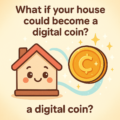For eons, human beings have grappled with the concept of ownership. From ancient deeds to physical property, the lines were relatively clear. Then came the digital age, and suddenly, everything felt… ephemeral. You download an image, save a document, or capture a screenshot. Do you own it? The very idea of possessing a digital item, endlessly copy-pastable and freely distributable, seemed to dissolve into a blurry paradox.
Then, a revolutionary concept emerged, promising to redefine this elusive digital dominion: Non-Fungible Tokens, or NFTs. Heralded as the ultimate solution for provable digital ownership, NFTs burst onto the scene with the bold claim that you could, at last, truly own a unique piece of the internet. But is this promise as solid as it seems, or does it unravel upon closer inspection?
It’s a question that takes us down a philosophical rabbit hole, challenging our very understanding of what it means to ‘own’ something in a world built on bits and bytes. Before we plunge deeper into this intriguing dilemma, take a moment to ponder with our short video:
Welcome back! As our video highlighted, the core issue isn’t as straightforward as a simple “yes” or “no.” The discussion around NFTs forces us to dissect the very fabric of ownership in a decentralized, yet interconnected, digital realm.
Table of Contents
The Illusion of Tangibility: What is a Digital Item, Anyway?
Before NFTs entered the lexicon, our relationship with digital content was largely one of access and usage, not definitive possession. When you stream a song, you’re licensing it. When you download an image, you’re creating a copy. There’s no inherent scarcity; digital files can be replicated infinitely without degradation. This ‘copy-paste’ culture fundamentally undermined traditional notions of ownership, which are often rooted in exclusivity and control.
This inherent replicability made it difficult to assign unique value or scarcity to digital assets. How could you truly ‘own’ something that anyone could effortlessly duplicate? This challenge paved the way for the conceptual leap that NFTs attempted to make.

NFTs: The Digital Deed, Not the Digital House
This is perhaps the most crucial distinction to grasp. Many newcomers to the NFT space mistakenly believe that when they purchase an NFT, they are acquiring the digital artwork, song, or video itself. In reality, an NFT is seldom the digital asset. Instead, it is a unique, cryptographic token recorded on a blockchain – most commonly Ethereum – that serves as a certificate of ownership or proof of authenticity linked to that asset.
The Blockchain’s Role as a Public Ledger
Think of the blockchain as an immutable, transparent, and distributed public ledger. When an NFT is ‘minted,’ a unique entry is created on this ledger. This entry typically contains:
- A unique token ID.
- The wallet address of the current owner.
- Metadata, which often includes a URL or pathway pointing to where the actual digital asset (image, video, GIF) is stored.
- Provenance data, tracing the NFT’s history of ownership.
The NFT’s value, therefore, stems from its verifiable scarcity and the irrefutable record of its unique token on the blockchain. It’s akin to owning a verified, serialized deed for a specific piece of digital art, rather than owning the canvas and paint itself.
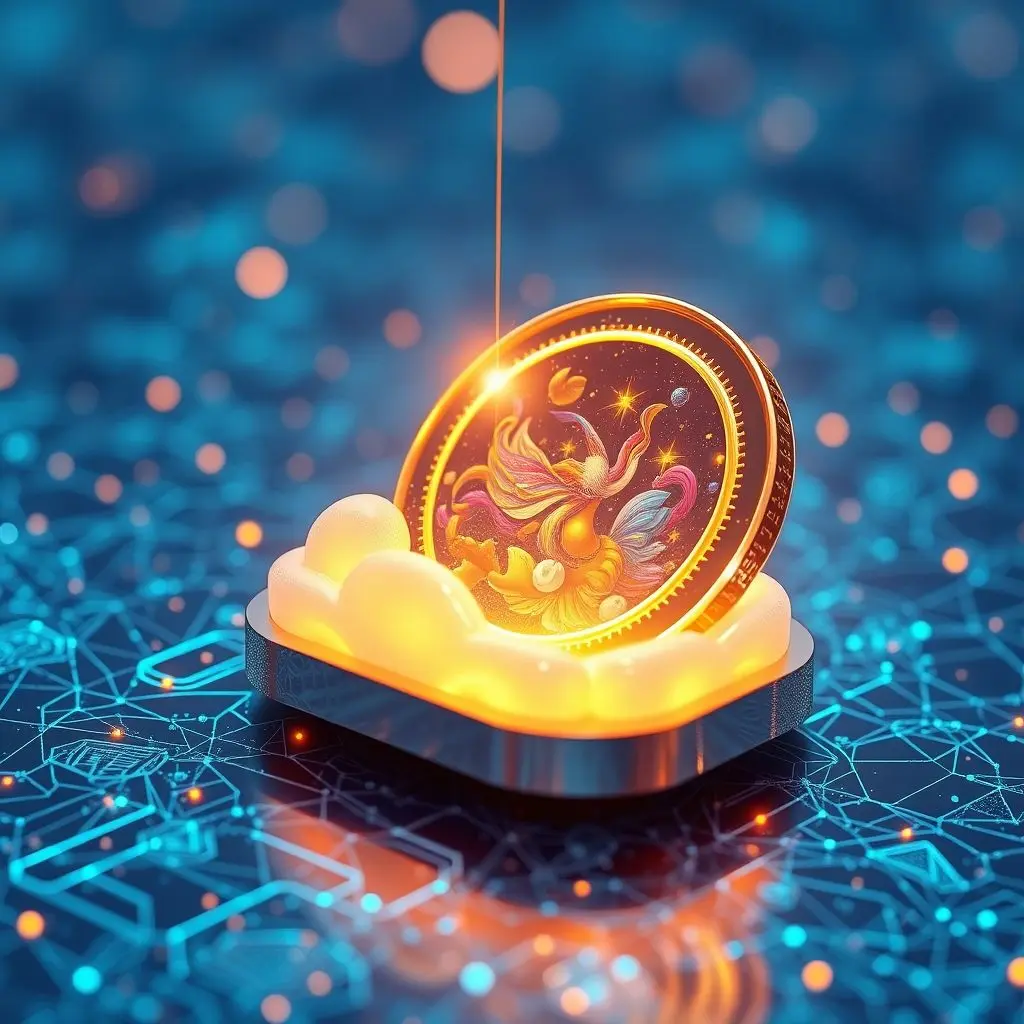
Where Does the Digital Item Actually Reside? The Decentralization Dilemma
If the NFT isn’t the item, where is the item? This question exposes one of the philosophical and practical vulnerabilities of digital ownership via NFTs. The actual digital content (the JPEG, MP3, MP4, etc.) is rarely stored directly on the blockchain due to the immense cost and technical limitations of storing large files on a decentralized ledger.
Instead, the metadata within the NFT usually points to an off-chain storage solution. These can range from:
- Centralized Servers: The most common, yet riskiest, method. The file lives on a server controlled by the creator, a marketplace, or a cloud provider (e.g., AWS, Google Cloud). If this server goes down, the company closes, or the link breaks (known as “link rot”), your NFT’s visual component might simply disappear, leaving you with a certificate pointing to nothing.
- Decentralized Storage Networks: More robust options like the InterPlanetary File System (IPFS) or Arweave offer more permanence. These systems distribute the content across multiple nodes, making it less susceptible to single points of failure. Even here, however, ensuring the content remains “pinned” (continuously hosted) can sometimes rely on third parties.
This distinction is vital. As our video mentioned, you might own the verified record – the provenance, the unique token – but if the linked asset disappears, what exactly do you possess? It’s like having a meticulously notarized deed to a house that has been demolished, or perhaps was never fully built.
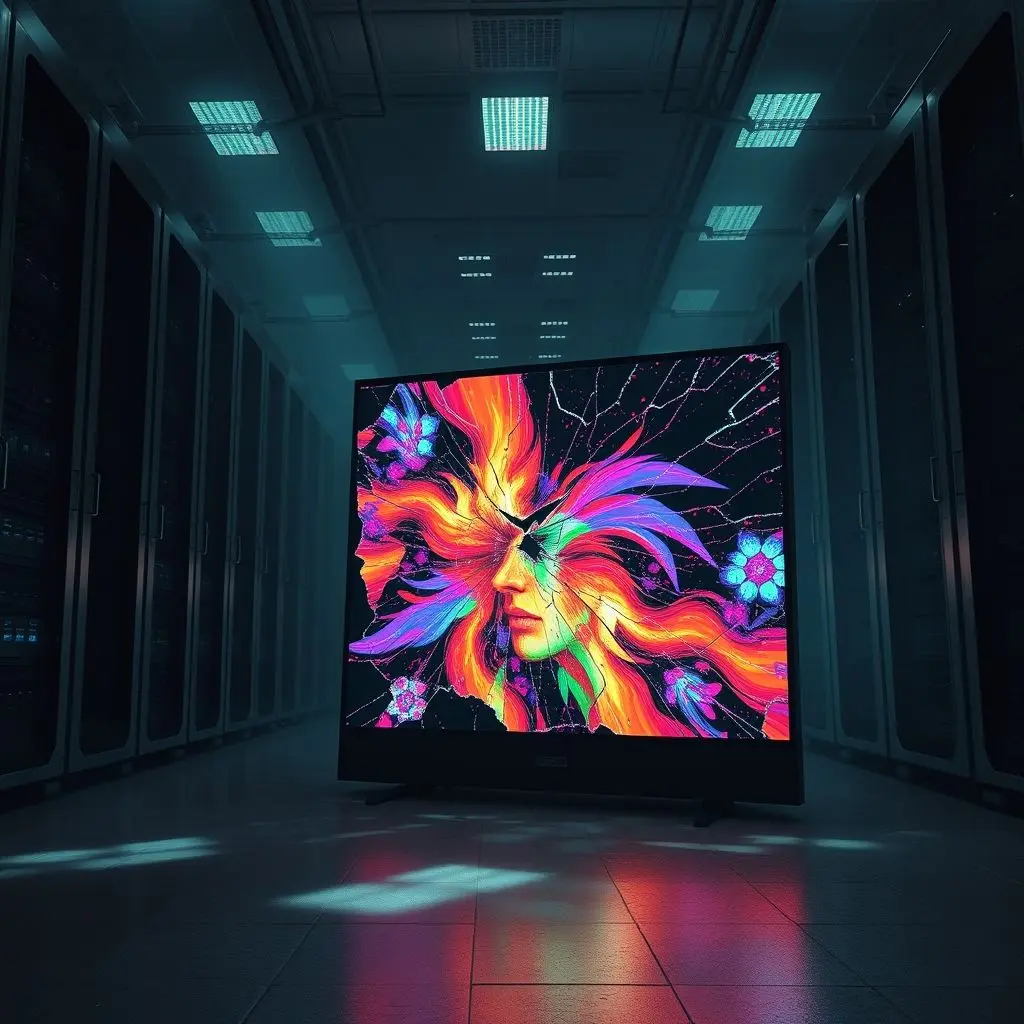
Ownership vs. Rights: The Intellectual Property Conundrum
Another profound philosophical and legal layer is the difference between owning an NFT and owning the *intellectual property* (IP) rights to the underlying asset. When you buy an NFT, you typically acquire ownership of the unique token itself, and often a license to display the digital asset for personal, non-commercial use. However, this rarely grants you copyright, trademark, or any other IP rights to the creative work.
The creator usually retains all copyright, meaning they can still reproduce the work, create derivatives, sell merchandise, or even mint additional NFTs based on the same artwork. Unless explicitly stated in a smart contract or a separate legal agreement (which is rare in the standard NFT purchase), you cannot typically commercialize the artwork or prevent others from viewing or even copying the original file.
This distinction challenges traditional notions of ownership, where acquiring a physical artwork often implies some level of control over its display and, in some cases, its reproduction. In the NFT space, ownership is often more akin to collecting a signed print rather than buying the original master work with full creative control.
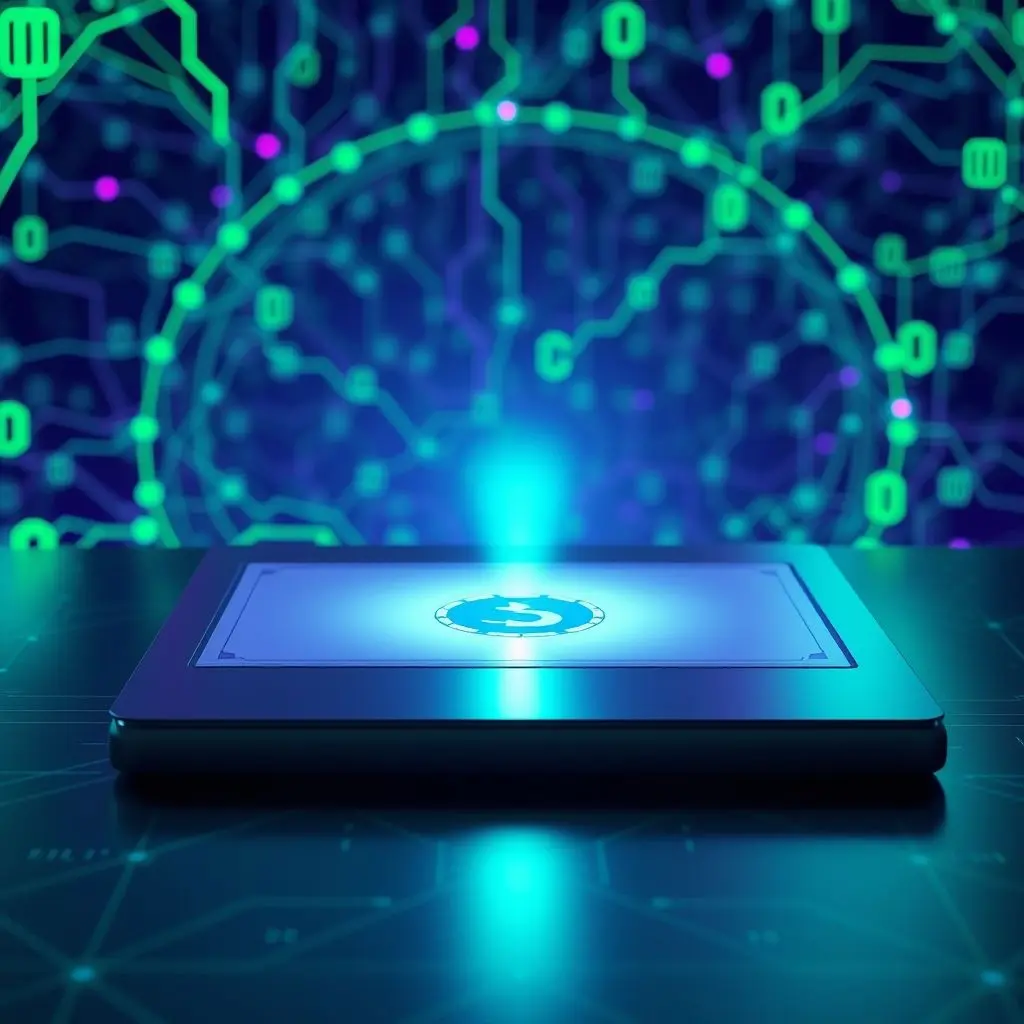
The Ever-Evolving Definition of Digital Ownership
So, can you truly “own” a digital item? The answer, as it often is in the digital realm, is nuanced and evolving.
Ownership, in the context of NFTs, typically means:
- Verifiable Provenance: You own the irrefutable, public record of being the sole owner of a unique token on a blockchain. This record cannot be altered or deleted.
- Scarcity and Rarity: The NFT certifies the digital item’s unique identity, enabling scarcity where none existed before.
- Transferability: You have the sole right to sell, trade, or transfer this unique token to another party without permission from a central authority.
- Community and Utility: Beyond the asset itself, owning an NFT often grants access to exclusive communities, events, or future benefits (utility), which form a significant part of its perceived value.
What it often *doesn’t* mean:
- Physical possession of the digital file itself.
- Copyright or intellectual property rights over the underlying asset.
- Immunity from link rot or server dependency if the asset is stored off-chain on centralized servers.
The philosophical debate will continue to rage: Is owning a verifiable record of provenance sufficient for “ownership”? Or does true ownership necessitate direct control, permanence, and full IP rights over the asset? The digital landscape forces us to reconsider what “possession” truly entails.
The Path Forward: A Hybrid Future?
As the NFT space matures, there’s a growing push for more robust solutions to these challenges. Projects are focusing on:
- Decentralized Storage Integration: Making IPFS and Arweave the default for storing NFT assets, ensuring greater permanence.
- On-chain Storage: For smaller, generative art NFTs, storing the code or even the pixel data directly on the blockchain, making them truly immutable.
- Clearer Legal Frameworks: Developing standardized legal agreements that explicitly define the IP rights transferred with an NFT purchase.
- Interoperability: Ensuring NFTs can be used across different platforms and metaverses, enhancing their utility and perceived ownership.
The journey to truly “own” a digital item is less about a final destination and more about an ongoing evolution. It’s a continuous exploration of how technology can grant us greater control and verifiable connection to the digital creations that define our modern world.
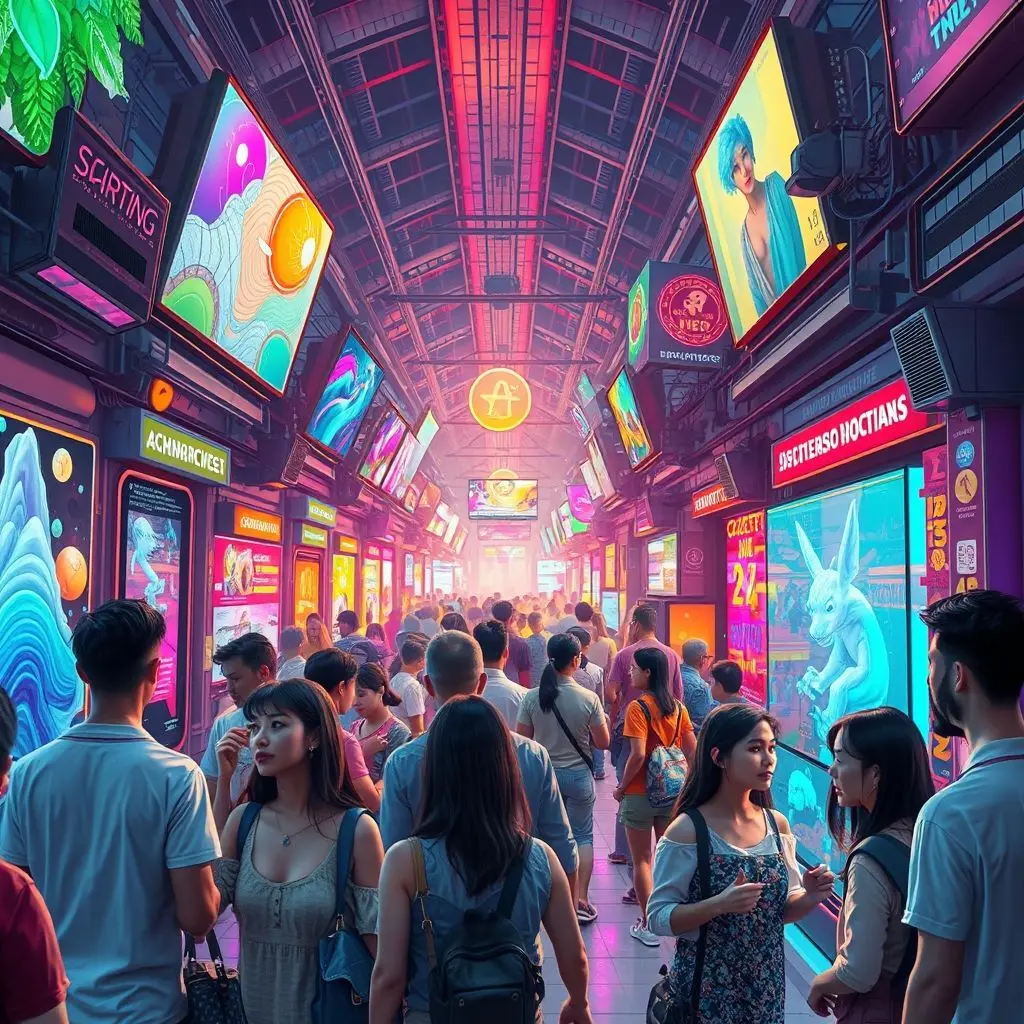
Frequently Asked Questions About Digital Ownership & NFTs
What is the difference between owning an NFT and owning the copyright?
Owning an NFT typically means you own a unique blockchain token that links to a digital asset and proves your record of ownership for that token. It generally does not mean you own the copyright or intellectual property rights to the underlying digital asset (e.g., the artwork, music, video). The creator usually retains the copyright, allowing them to reproduce, distribute, or create derivatives of the work. Unless explicitly stated in a specific license agreement tied to the NFT, your rights are usually limited to displaying the item for personal use.
Where is the actual digital item stored if not on the blockchain?
The actual digital item (e.g., the JPEG, MP3, GIF file) is usually stored off-chain, meaning not directly on the blockchain itself. This is because storing large files on a blockchain is prohibitively expensive and technically impractical. The NFT’s metadata contains a link (URL) pointing to where the file is hosted. This can be on centralized servers (like a company’s cloud storage) or on decentralized storage networks like IPFS (InterPlanetary File System) or Arweave, which are designed for more robust and permanent storage.
What happens if the platform where I bought my NFT shuts down?
If the platform (e.g., OpenSea, Nifty Gateway) where you bought your NFT shuts down, your NFT itself (the token on the blockchain) will still exist in your crypto wallet. However, if the digital asset it points to was hosted on that platform’s centralized servers, the link to the asset could break, making the image or video inaccessible. If the asset was stored on decentralized storage like IPFS, it’s more likely to remain accessible, provided it’s “pinned” or permanently stored by enough nodes. Always ensure your NFTs are in a self-custodial wallet you control.
Can NFTs be easily copied or counterfeited?
The digital asset linked to an NFT (e.g., an image) can be copied and shared endlessly, just like any other digital file. The NFT itself, however, cannot be easily copied or counterfeited on the blockchain. The blockchain record ensures that each NFT token is unique and verifiably owned by one person at a time. Counterfeiting an NFT would mean creating a new, identical token on the blockchain, which is technically impossible due to the unique cryptographic properties. However, there can be “fake” NFTs that link to copies of popular artworks, but their lack of verifiable provenance (the original creator’s minting wallet) helps distinguish them from legitimate ones.
Is an NFT a permanent record of ownership?
The NFT token itself, recorded on a blockchain like Ethereum, is a permanent and immutable record of its creation and ownership transfers. The blockchain ledger is designed to be permanent and unchangeable. However, the permanence of the digital asset it points to depends on how and where that asset is stored (as explained above). If the asset is on a centralized server that goes offline, the link breaks, or the content is removed, then while the NFT record of ownership remains, the linked asset might not be permanently accessible.
Possession in the Digital Age: A Philosophical Inquiry
The journey into digital ownership with NFTs reveals a landscape far more intricate than initially meets the eye. It compels us to reassess foundational concepts of property, control, and value in a domain where bits can be copied infinitely, yet scarcity can be artificially, and verifiably, created. True ownership in this new frontier isn’t just about what you possess, but often about what you’re connected to, what you can prove, and what rights that connection affords you.
Indeed, in the digital realm, possession is nine-tenths… well, perhaps nine-tenths of a robust hyperlink, secured by an immutable ledger, and understood within a shifting framework of digital rights. As we continue to build and explore the metaverses and digital economies of tomorrow, this philosophical rabbit hole wrapped in code will only grow deeper, inviting us all to redefine what it truly means to call something “ours” in the age of digital assets.
If this deep dive has provided you with a sense of clarity, or perhaps ignited new questions, consider sharing it. After all, isn’t knowledge, when shared, a form of collective ownership?

